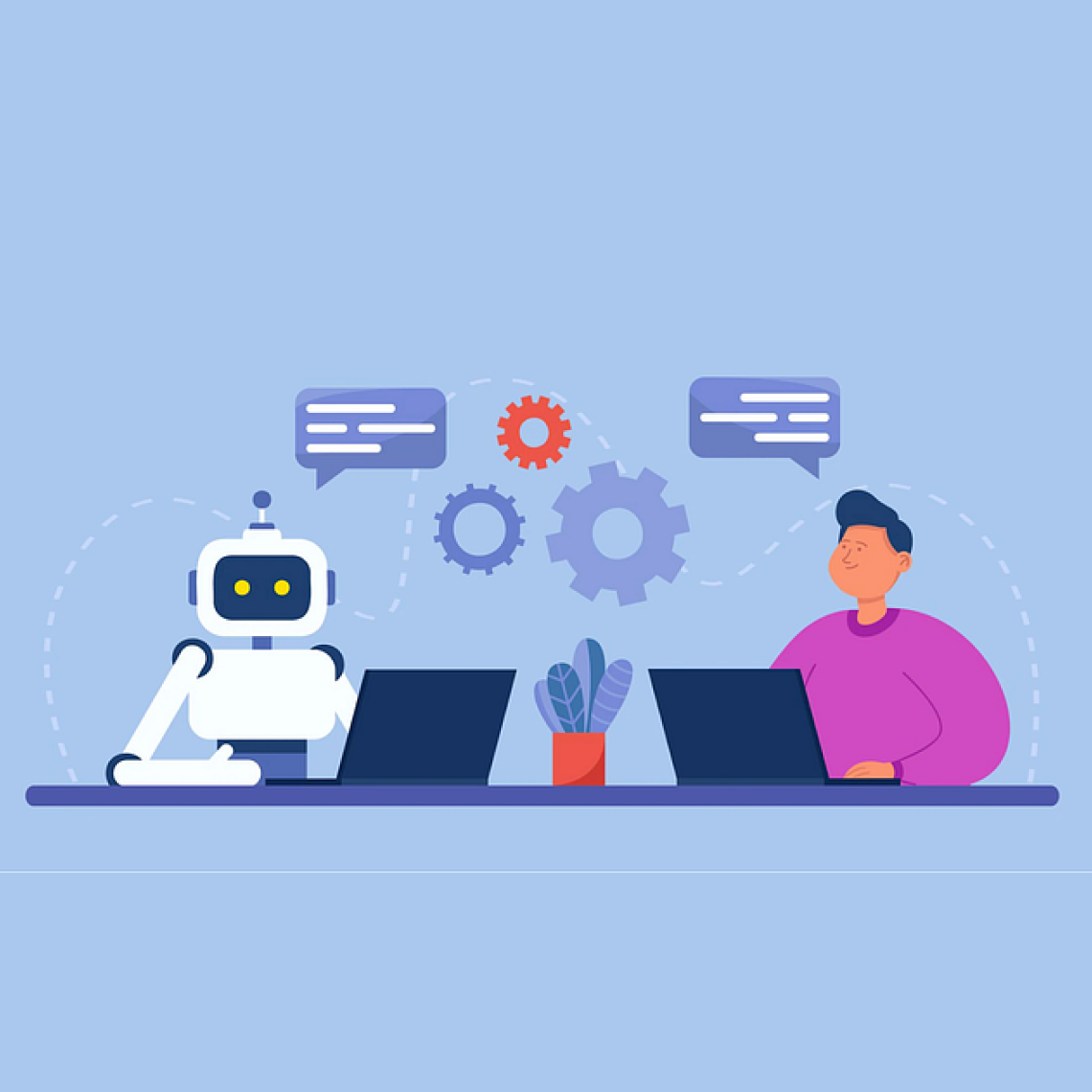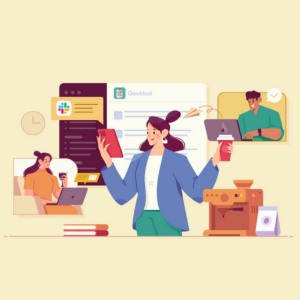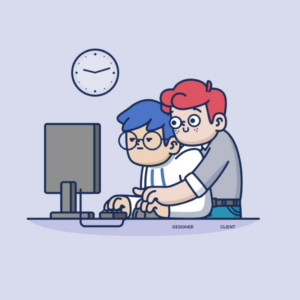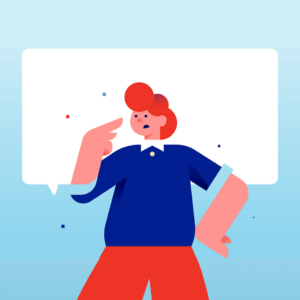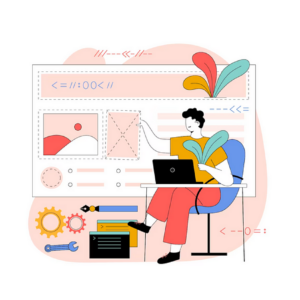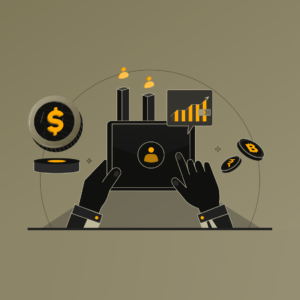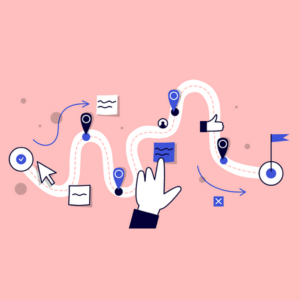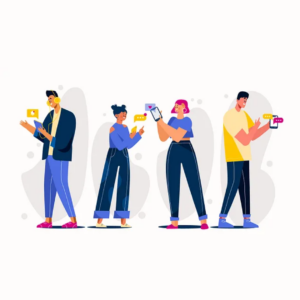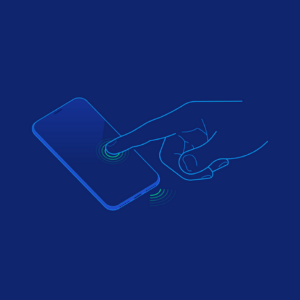As an artificial intelligence language model, ChatGPT does not have a user interface or user experience design in the traditional sense. However, ChatGPT has been designed to generate human-like text in response to user prompts, and the user experience of interacting with ChatGPT can be evaluated in terms of the effectiveness and ease of use of this text-based system.
One key aspect of ChatGPT’s user experience is its ability to understand and respond to user input. ChatGPT has been trained on a large dataset of human language and can generate responses that are coherent and appropriate in a wide range of contexts. This allows users to have natural and informative conversations with ChatGPT, making it a useful tool for information gathering and communication.
Another important aspect of ChatGPT’s user experience is its speed and efficiency. ChatGPT is able to generate responses quickly, allowing users to have rapid-fire conversations or get quick answers to their questions. This makes ChatGPT a convenient and efficient tool for users who need to gather information or communicate with others in real time.
ChatGPT has the potential to change the world for designers in a number of ways. Here are a few examples of how ChatGPT could impact the design industry:
#1 Automation of design tasks
ChatGPT could potentially be used to automate certain design tasks, such as generating design concepts or creating design assets. This could save designers time and allow them to focus on more creative and strategic work.
#2 Creative inspiration
ChatGPT’s ability to generate human-like text responses could be used as a source of creative inspiration for designers. For example, designers could use ChatGPT to generate ideas for new design projects or to help them brainstorm solutions to design challenges.
#3 Improved communication with clients
ChatGPT could be used to facilitate communication between designers and clients, allowing for more efficient and effective exchanges of information and feedback.
#4 Enhanced design research
ChatGPT could be used to assist with design research by generating reports or summaries of relevant information, freeing up designers to focus on more analytical and creative tasks.
One funny thing about ChatGPT for a layman might be the fact that it is an artificial intelligence language model that is able to generate human-like text responses to user prompts. This can lead to some amusing exchanges if the user is unaware that ChatGPT is a machine and tries to engage it in a more human-like manner. For example, a layman might ask ChatGPT about its thoughts on a particular topic, only to receive a response that is eerily similar to what a human might say.
Another amusing aspect of ChatGPT for a layman might be its ability to generate responses that are humorous or playful. ChatGPT has been trained on a wide range of data, including jokes and other forms of humorous content, and it is able to generate responses that are lighthearted and entertaining. This can be especially amusing if the user is unaware of ChatGPT’s capabilities and takes its responses at face value.
For instance, the image shown below is a rap written by ChatGPT when it was unable to load the chatting interface due to maximum traffic. Quite creative!
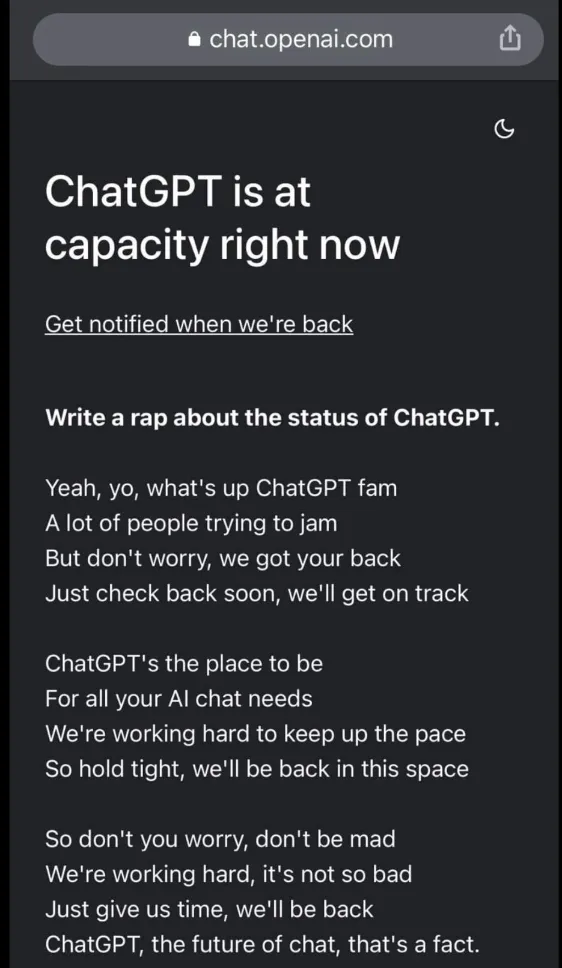
Source: ChatGPT
Summary
Overall, ChatGPT has the potential to change the way designers work and interact with clients, and could potentially streamline and enhance various aspects of the design process. However, it is important to note that ChatGPT is a tool and should be used in conjunction with human creativity and judgment to produce the best design outcomes.
